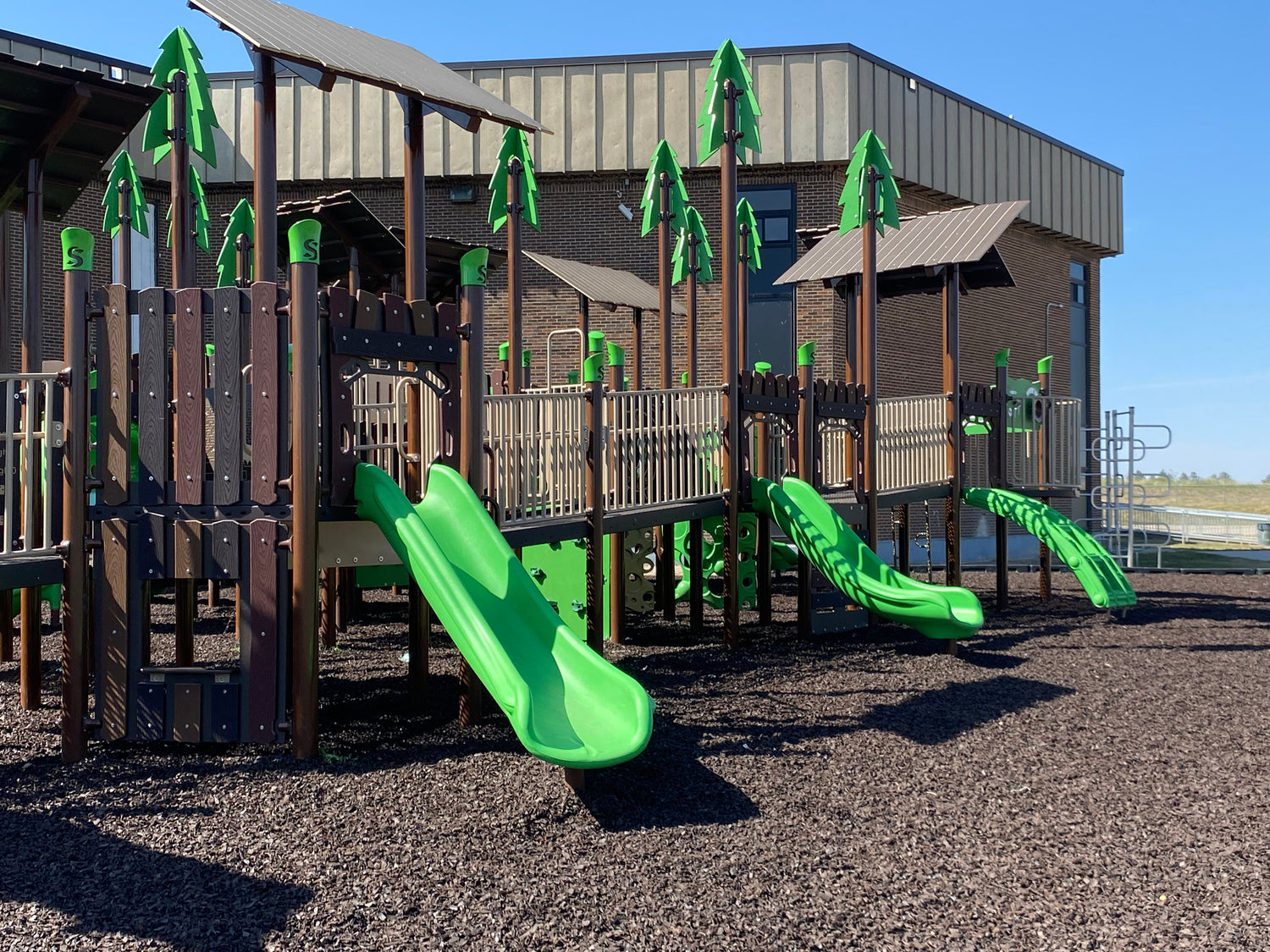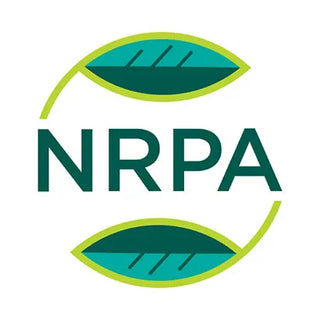
In an article from February 2024, The Guardian reported that 42% of children in the United States ages 10 and up own a smartphone. Another recent report—this one from the American Academy of Child & Adolescent Psychiatry—found that kids ages 8-12 “spend 4-6 hours a day watching or using screens, and teens spend up to 9 hours.” The proliferation of portable screen technology, as well as the associated apps and digital games, has cannibalized time once spent on physical activity: ballgames, skateboarding, and—of course—the playground. This is unfortunate, as the latter remains one of the top venues for promoting interpersonal interaction among children. Playgrounds encourage the following:
- Physical activity. Playgrounds encourage kids to run and climb. Their structure typically includes stairs, bars, and handles—kids exercise and learn coordination as they interact with these various components. A comprehensive play area also features swings, basketball courts, and similarly independent play structures—all of which increase and add dimension to the playtime experience.
- Social interaction. Kids today are accustomed to excess time spent on their phones. A playground motivates them to pocket their devices and instead invest those hours playing together. Social interaction helps kids learn to communicate, develop coordination skills (such as when they play tag or hide-and-seek), and make friends.
In short: playtime nurtures social skills that children simply won’t gain from handheld devices. (Sure, kids can communicate online using texts and messenger apps, but there’s no substitute for in-person, face-to-face interaction.) This applies to children of all backgrounds and abilities—it’s healthy for all of them to play and learn to interact with the collective. For this reason, more and more schools, community parks, etc. around the country are installing inclusive playgrounds.
Why are inclusive playgrounds essential?
The National Center for Education Statistics reported that, between the years 2021-22, more than seven million American kids received special education services. It’s important to create a play environment that allows children with autism and learning disabilities to freely interact with their classmates. This way, children of all backgrounds and abilities learn acceptance and social skills through a common passion: playtime!
What should an inclusive playground include?
The Americans with Disabilities Act in 2012 set a few standards for inclusive playgrounds in the United States:
- Playgrounds should feature unobstructed pathways leading not only to the playground but also to play equipment, restrooms, nearby buildings, and parking lots.
- Playgrounds should feature ramps or transfer stations to accommodate students with disabilities.
On top of that, the ADA calls for playgrounds to be regularly inspected to ensure the above two conditions are consistently met. You must always consider accessibility when designing your playground. Every part of the area must be reachable to everyone. You should also think about the play equipment. Here at The Playground Store, we sell a broad variety of inclusive play equipment and fixtures. Here’s a few you should consider for your playground:
- Inclusive swing seats. Swings are one of the most common independently installed features at any given playground. When the main play structure becomes crowded, children can wait their turn while they swing. An inclusive swing seat is larger than the average swing seat, features a backrest, and has numerous straps to keep the child extra secure while in use.
- Assisted balance walk. The Playground Store’s assisted balance walk allows children of all abilities to practice their coordination and sense of gravity. The protective safety rails on all sides allow users to steady themselves when necessary and help prevent fall-related injuries.
- Treble Tongue Drum. This independent structure is easy to use and therefore appealing to children of all abilities.
- Inclusive play structures. The Playground Store sells a variety of play structures, including inclusive sets that are easier to access and safer for children with special needs to play on.






